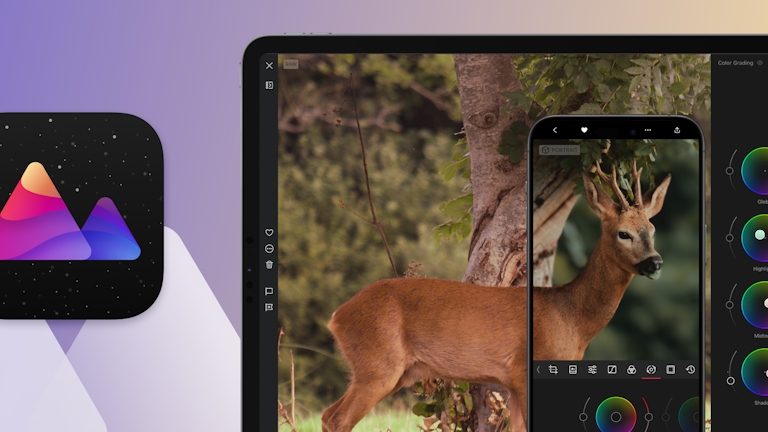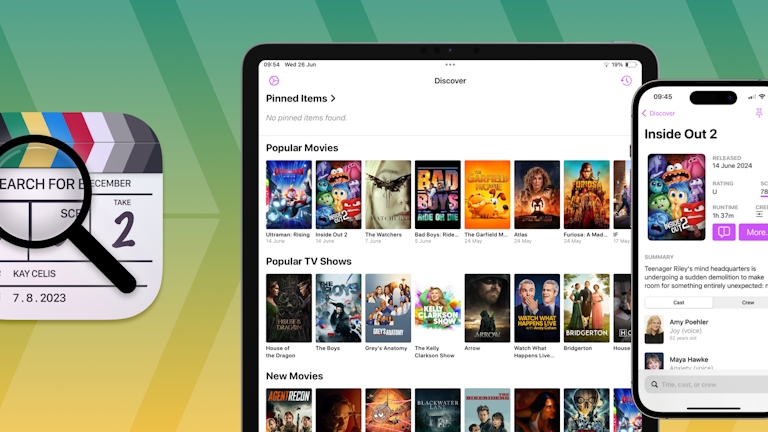Designing can feel lonely — but it doesn’t have to be! Our goal is to create a space where you feel comfortable sharing your designs whenever you feel stuck or in need of some validation.
You can learn from how other designers can solve similar problems or open yourself up to receiving some honest feedback. To that end, we’re introducing two new initiatives where we can come together to learn and grow as designers.
Design reviews
Do you ever find yourself reworking the same mockup but just can’t seem to get it right? We’ve been there! The reality is we all face the same mental blocks from time to time, but that’s where the beauty of having a community comes in.
We invite you to share your designs or even ask a question like, “How can I design a checkout flow that includes installment payments?” and we’ll help you out.
To kick things off, we’re sharing a UI example in the forum — Sketch file included. You can use it, remix it or critique it! We look forward to seeing some of your work 👀
Show us your layers
If there’s one thing designs and designers have in common, it’s having many, many layers! Some people are serious about naming their layers™️, while others are fine figuring out the difference between “Rectangle” and “Rectangle 1234”.
Whatever it may be, layers tell us a lot about a designer and the design itself — making them a great learning tool. So we have a proposal…Let’s reveal our layers.
You can already check out a few examples 😉
Hope to see you in the comments!



